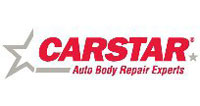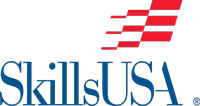Professional Collision Repair Technician
Refinish and Repair Damaged Vehicles
The Professional Collision Repair Technician Program duplicates a collision repair shop environment where work is performed on customer vehicles. The program workload requires that the student is in good physical condition and has an understanding of reading and writing English. Professional Collision Repair Technician is especially compatible with students who are mechanically inclined. Upon completion of the program, students will have entry-level skills to enter the field of Collision Repair. This course uses the I-CAR Advanced Tech Curriculum.
Program Flyer Steps for Enrollment Pickens Lookbook See the Classroom
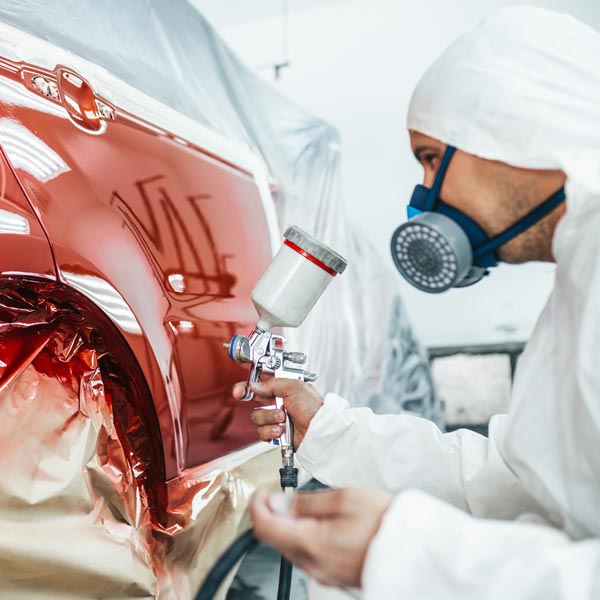
What Our Students Learn
- Tool identification and function
- Non-structural repair techniques
- Surface preparation and painting
- Flat, vertical and overhead MIG welding
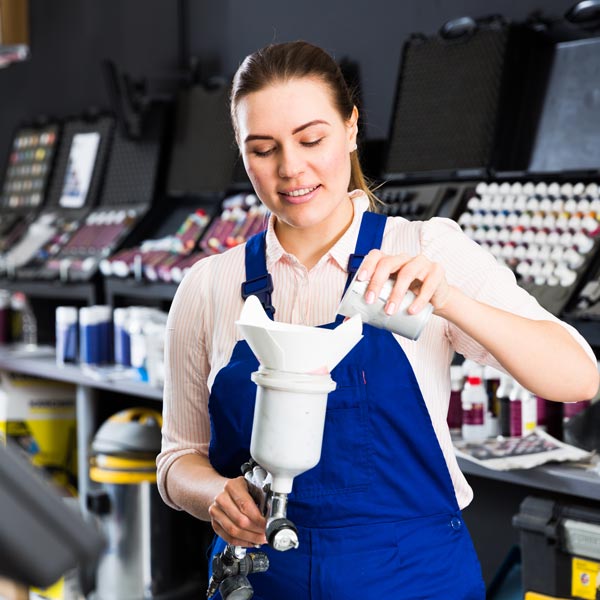
Career Outlook
- Employment opportunity in this field is 3 times higher than the national average of a job
- Entry level salaries start at $33,000 and up
- Median salary is $48,000
- 10% of workers earn $99,000 or more
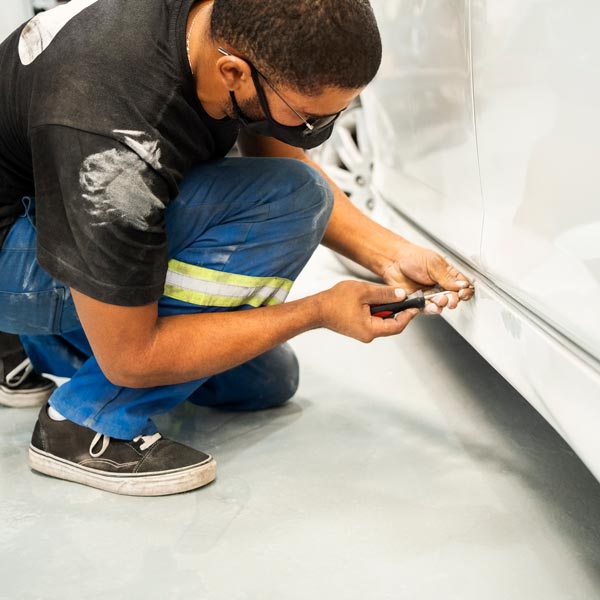
Class Experience
- Students spend 50% of their time learning concepts in a classroom, and 50% of their time in the shop with hands-on practical work
- Students gain experience in a simulated shop environment with industry-grade equipment
- Students gain their ICAR certification as part of the curriculum
- Enrollment options are available for both high school students and post-secondary students
- 2 years of classes
Chris Underwood
Instructor, Collision Repair Technology
303-344-4910 ext. 27751
caunderwood@aurorak12.org
Accredited Certificate Courses (51 credits)
All credits earned at Pickens technical college are recognized by the Colorado Community College System (CCCS), and are eligible for transfer to other colleges within the state of Colorado.
Designed as an orientation to the automotive collision repair industry. Students receive an overview of job possibilities as well as learn various types of automobile construction. Names, uses, and maintenance procedures for a variety of tools and equipment are covered. Focuses on general collision repair and refinishing shop safety procedures with an emphasis on personal and environmental safety issues. Students also learn the proper handling and disposal of hazardous materials.
Covers sheet metal oxygen-acetylene welding and MIG welding techniques including safety, materials, equipment and setups. Personal and vehicle protective measures prior to welding procedures are presented.
This course covers the basic characteristics of preparation for automotive repair. Students familiarize themselves with damage analysis, extent of damage, and the sequence of repair. It focuses on removal of vehicle components and protection of panels along with storage and labeling of parts. Safety procedures and equipment use are included.
Covers straightening techniques including tension pulls/stress relief, metal finishing, metal shrinking, and use of fillers. Emphasizes the identification, handling, and replacement of parts such as adjustment and alignment of bolt-on parts, fixed parts, and accessories. Training covers the use of adhesives, sound deadeners, and welding methods performed during repairs.
Covers metal finishing, metal shrinking, and the use of cosmetic fillers. Emphasis is placed on the use of proper tools required to perform these tasks, including use, selection, and safety procedures for tools and equipment selected.
Covers the replacement of welded-on exterior panels such as quarters, roofs, cab panels, side panels, etc. Emphasis is placed on the use of proper tools required to perform these tasks, including use, selection, and safety procedures for tools and equipment selected.
This course covers the correct use of safety procedures used in refinishing. Proper fit and use of various types of protective equipment are emphasized. The identification of tools and equipment, with use and maintenance, is covered including national guidelines for proper disposal and handling of hazardous materials.
This course covers surface preparation for refinishing including cleaning, sanding, feather edging, chemical treatment of bare materials, and priming. The application of primers, including rationale and use, is covered. In addition, the student learns skills for proper removal and storage of exterior trim and protection of adjacent panels.
This course covers inspection, cleaning, and determination of the condition of spray guns and related equipment. Students learn skills for adjusting spray guns by setting up and testing spray gun operations.
Provides the knowledge needed for the application and use of automotive paint systems. Course includes locating color codes, mixing formulas, matching, and selections of materials. Proper paint gun use and adjustments are taught for the product being applied. In addition, the student practices correct masking and detailing techniques.
Designed to teach state-of-the-art repair for both rigid and flexible plastic components and choosing adhesives using the latest manufacturer’s repair techniques.
This course is designed to prepare the student to perform basic tasks or a specialized area in a controlled instructional lab.
Course is a continuation of Lab experience. Designed to prepare the individual to perform basic tasks for a specialized area in a controlled instructional lab.
This course covers MIG welding procedures of seam weld, stitch welds, and destructive testing. Resistance spot welding, which includes two-sided spot weld, plasma cutting, safety, materials, and equipment and operating procedures, with emphasis on shop safety are also presented.
This course covers door glass, vent windows, and glass mechanisms (both electric and mechanical) with an emphasis on removal and replacement. In addition, interior trim panels, seats, and headliners are removed and replaced. Student learns proper care and treatment of vehicle seat protectors plus the proper use of tools required to perform these tasks.
This course covers paint defects. Emphasizes the causes of paint defects with methods to cure problems during and after refinishing procedures. Students learn to identify the proper surface preparations to apply prior to refinishing. Training includes using paint equipment and determining paint film thickness with proper temperatures for refinishing.
This course emphasizes surface preparation for refinishing including cleaning, sanding, feather edging, chemical treatment of bare metals, and priming. The application of primers, including why and where to use them is covered.
This course emphasizes surface preparation for refinishing including cleaning, sanding, feather edging, chemical treatment of bare metals, and priming. The application of primers, including why and where to use them is covered in this course.
This course focuses on the detailing procedures in paint refinishing of vehicles. Methods and techniques are specialized to enhance painting skills. Transfers and tape methods with decals etc. are demonstrated.
